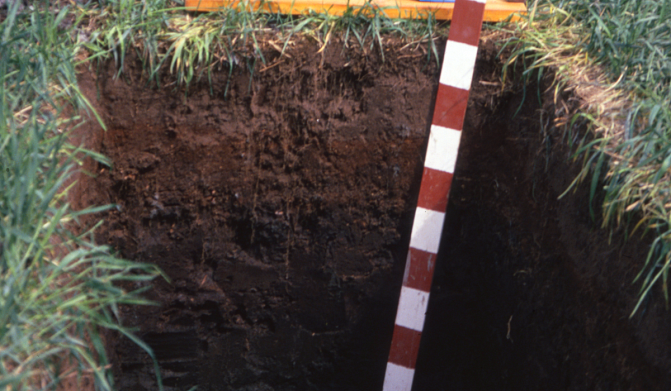SDG 15: Protect, restore and promote sustainable use of terrestrial ecosystems, sustainably manage forests, combat desertification, and halt and reverse land degradation and halt biodiversity loss
In agriculture and forestry, new approaches are needed that simultaneously consider soil carbon sequestration, productivity, biodiversity, and economic viability.
Achieving this balance sustainably requires up-to-date scientific data, reliable economic impact assessments, an understanding of practical constraints, and societal acceptance of the actions taken. We apply a wide range of interdisciplinary scientific methods to produce solutions that align these complex and often competing objectives.
The EU Nature Restoration Law is part of the EU Biodiversity Strategy, which aims to halt biodiversity loss by 2030. The European Parliament approved the regulation in February 2024, and final adoption took place at the EU Environment Ministers’ meeting in June. Member states will now begin drafting national restoration plans, which must be ready by 2026.
To support national decision-making, we have produced information on how the regulation will affect Finland’s natural resources sector. In 2024, we published an assessment showing that the measures in Finland’s Land Use Sector Climate Plan (MISU) can also support the forest-related objectives of the EU restoration regulation. For example, preventing deforestation and adopting continuous cover forestry can enhance forest biodiversity and improve habitat conditions. Our work to support the preparation of Finland’s national restoration plan will continue in 2025.
As case examples of our contributions to SDG 15, we highlight the potential of continuous cover forestry in the Nordic region, the changes required in the operational environment to support the expansion of mixed-species forests, and the functional biodiversity of soil ecosystems.
Policy briefs published: 3 in 2024
Scientific articles published: 166 in 2024
Open access scientific articles: 95%




